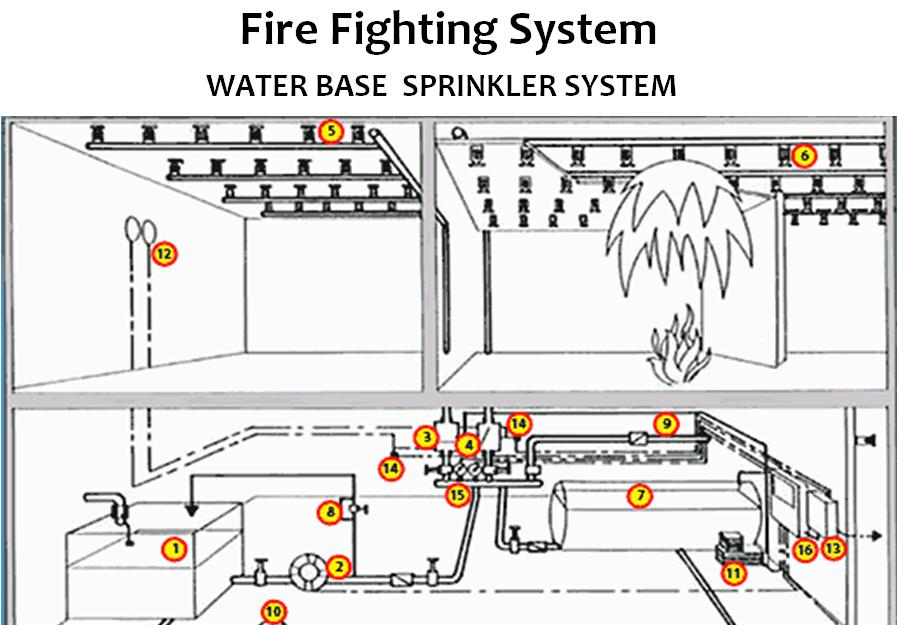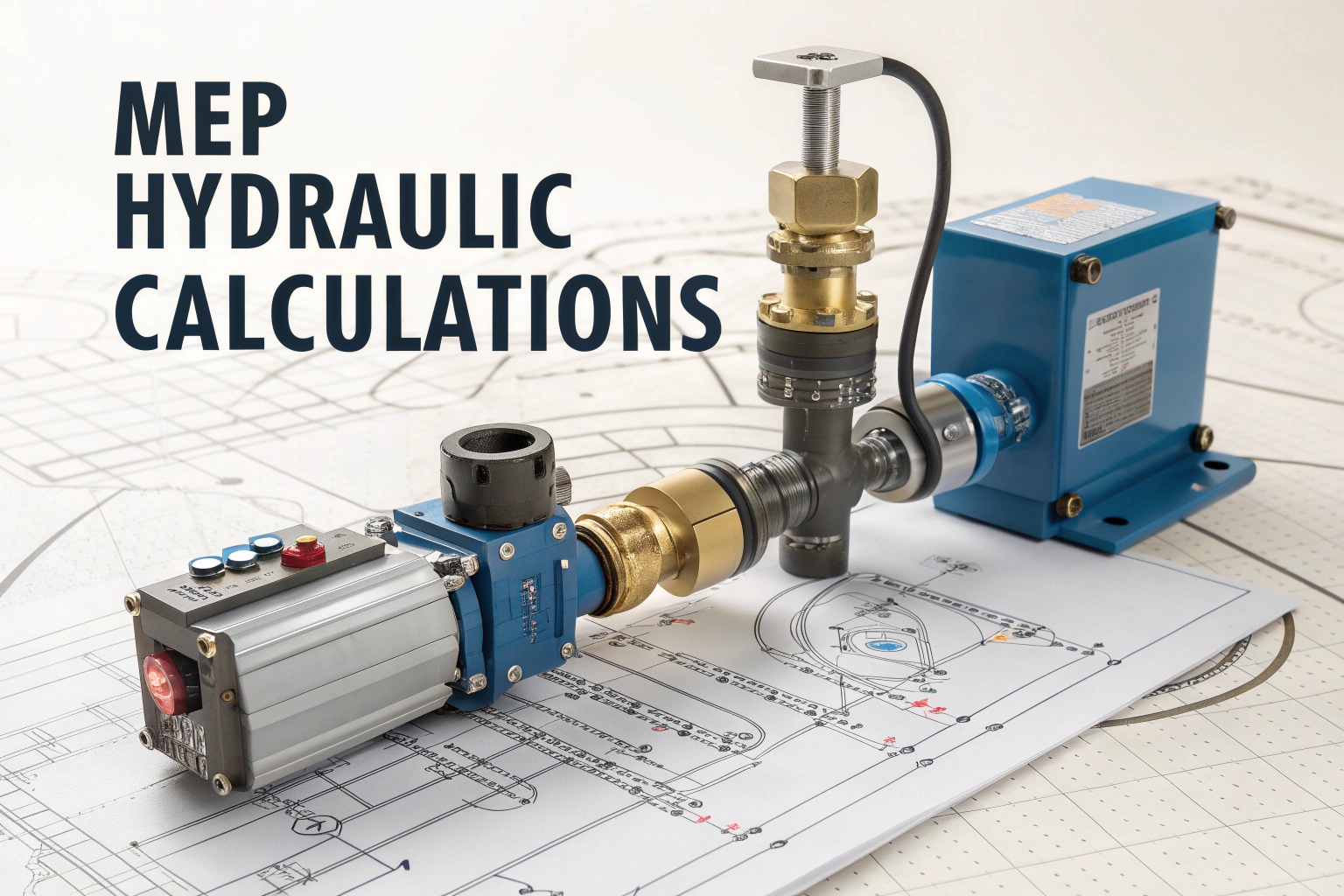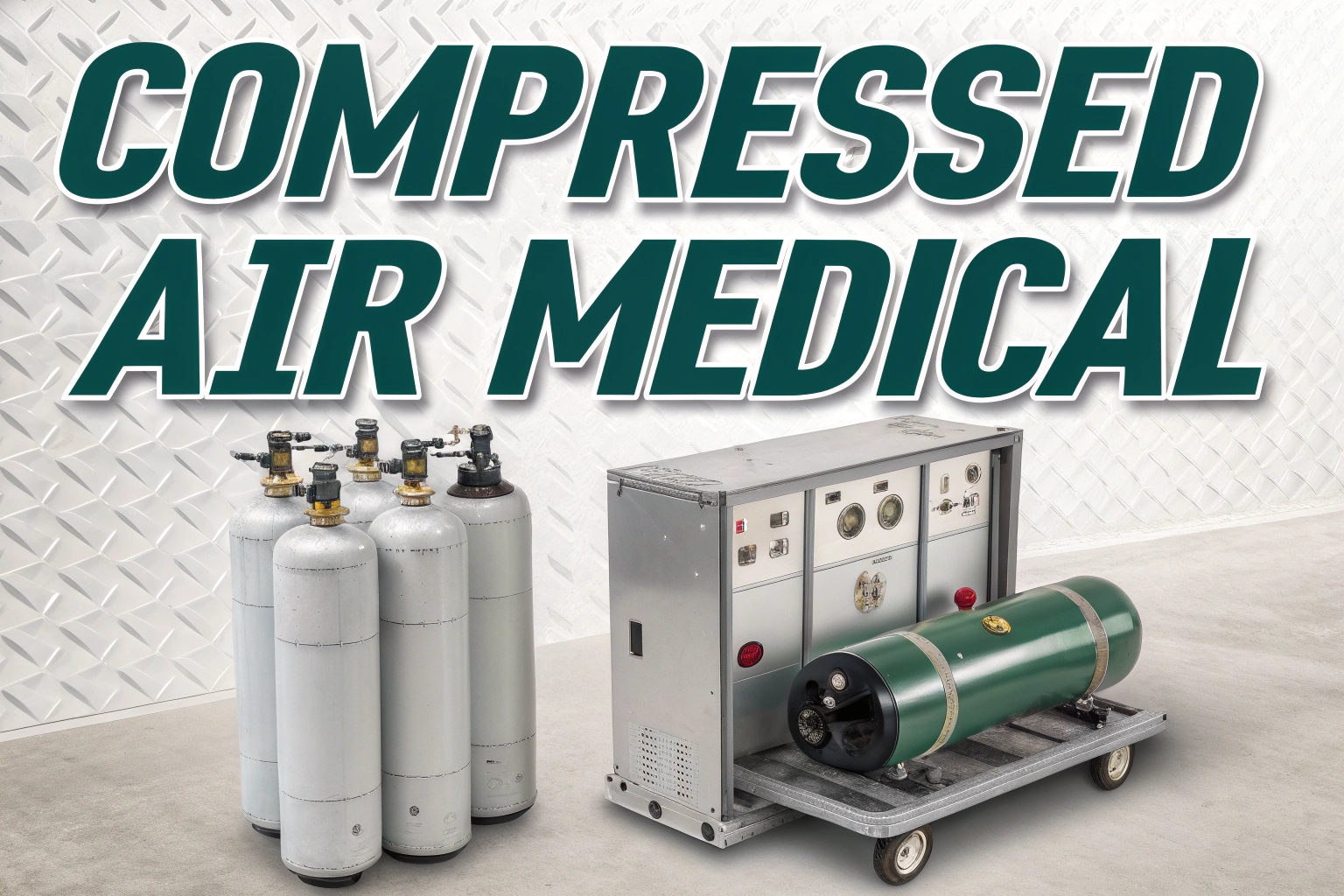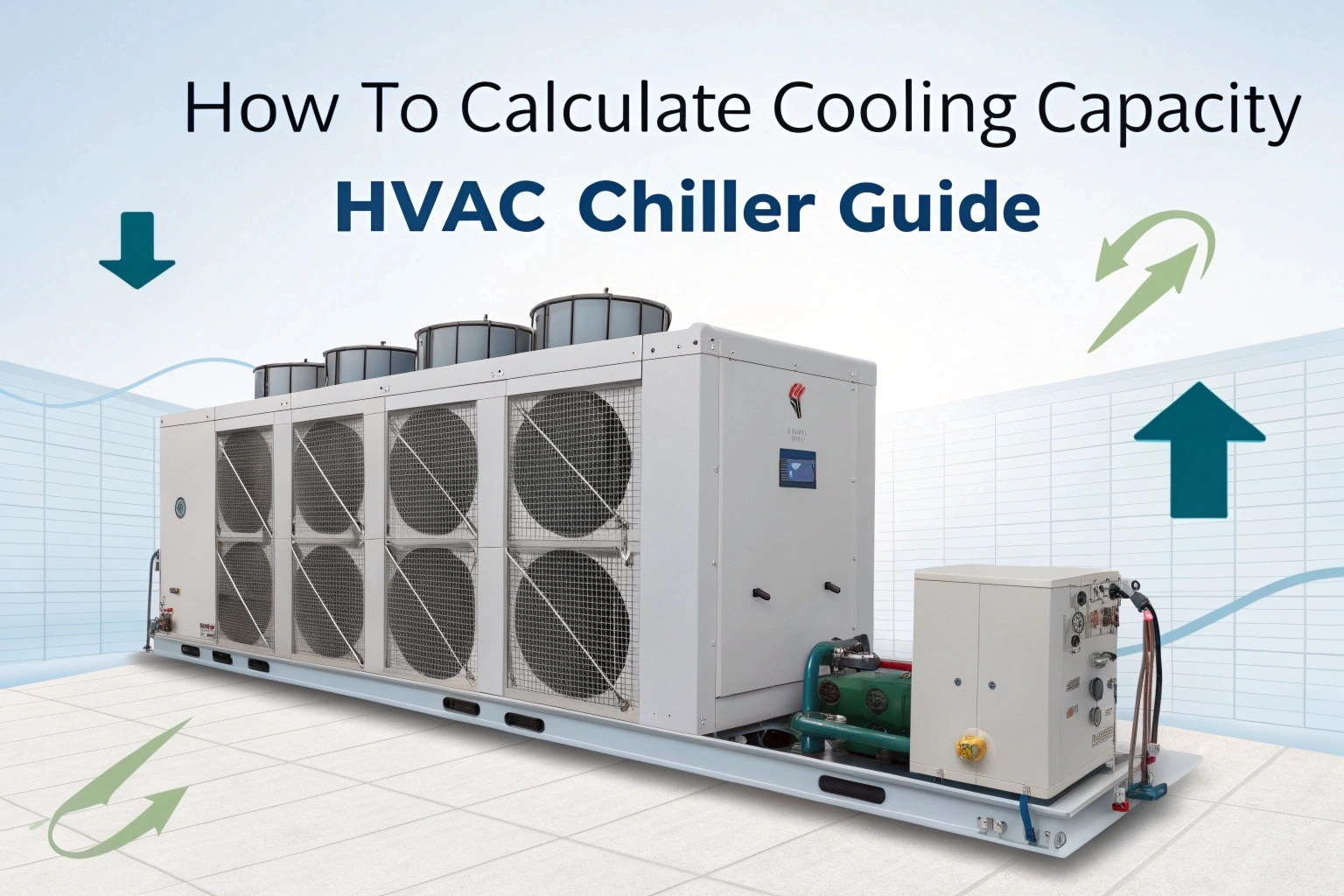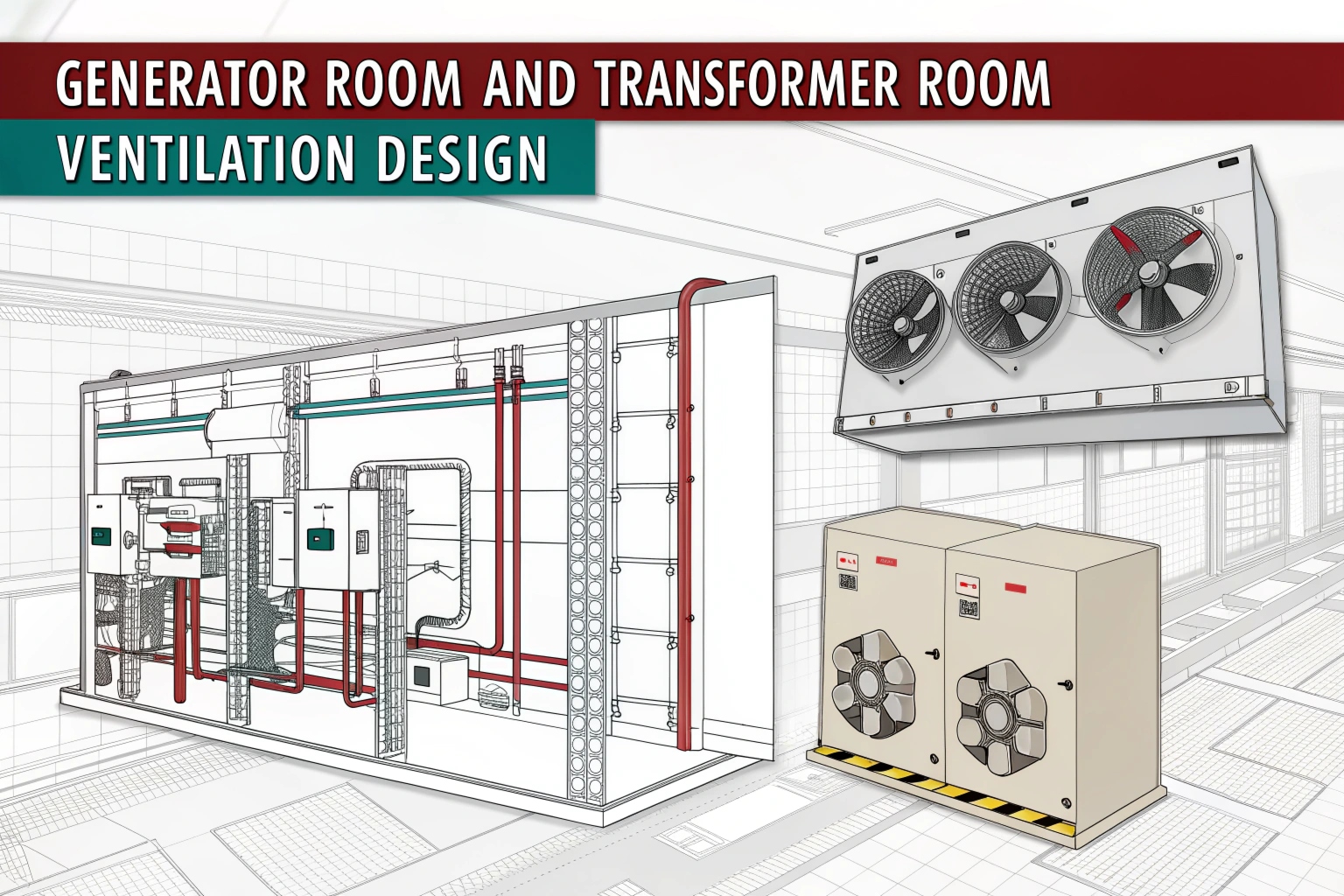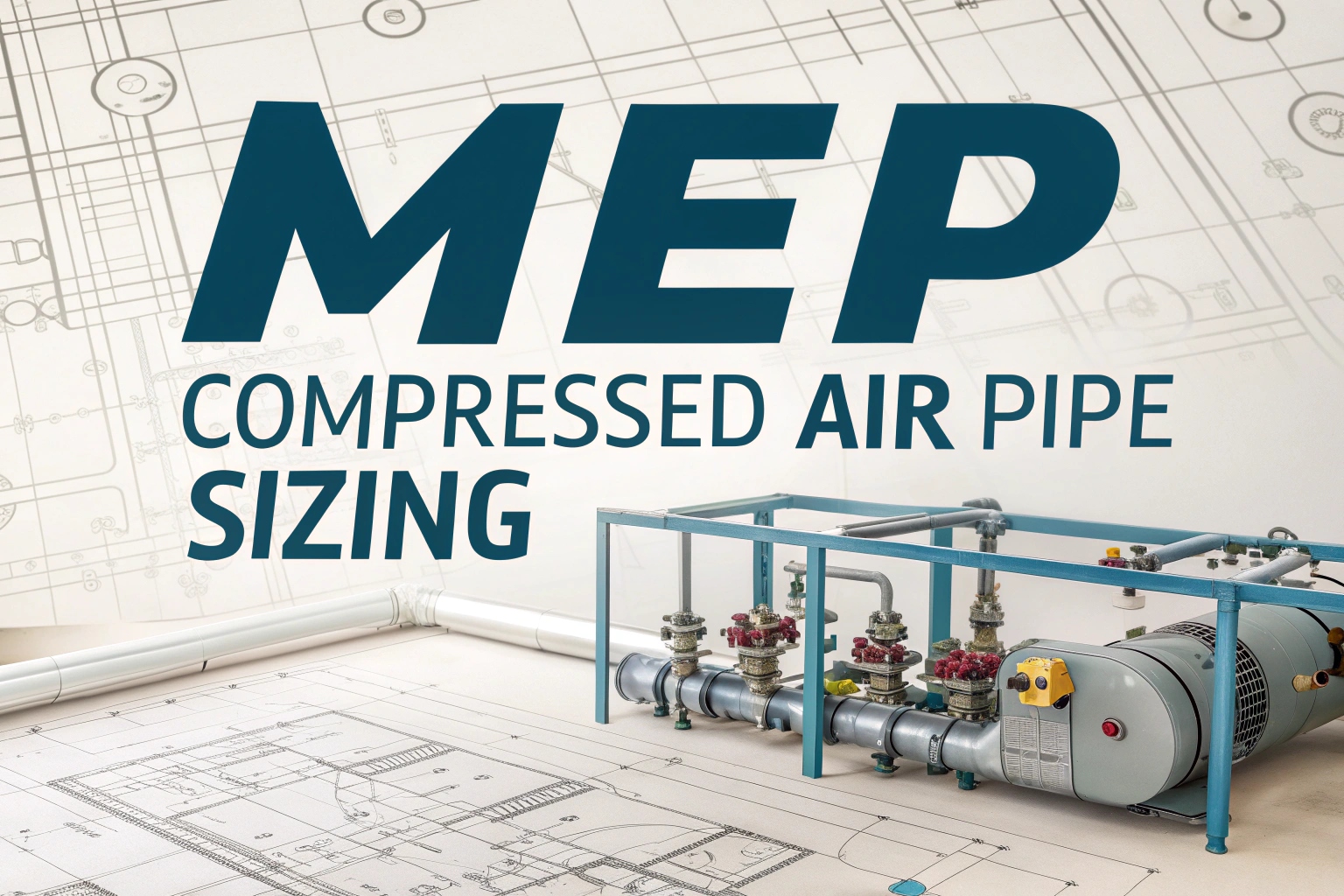Why Fire Fighting System Design Matters
Fire accidents can occur at any time, and their impact is often devastating. Properly designed fire fighting systems minimize damage, protect occupants, and comply with local and international safety codes. A system based on sound fire fighting system design principle ensures:wikipedia.com
- Early detection and quick response to fire hazards
- Effective suppression or control of fire until external help arrives
- Compliance with NFPA, NBC, and other fire safety standards
- Integration with building management systems for centralized control
At mepdetails, our focus is not just on meeting code requirements but on building resilient solutions that protect assets and human lives.
Core Fire Fighting System Design Principles
When designing a fire protection system, engineers must consider various principles that guarantee performance and reliability. Let’s explore the key fire fighting system design principles:
1. Risk Assessment and Hazard Analysis
Before designing, it’s essential to evaluate the type of occupancy, fire load, and potential hazards. For instance, a data center requires different protection methods compared to a warehouse storing flammable materials. mepdetails emphasizes risk-based design to ensure every solution fits the environment.
2. System Classification and Selection
Different fire fighting systems serve different purposes:
- Water-based systems (sprinklers, hydrants) for general protection
- Gas-based suppression systems (FM-200, CO₂) for sensitive areas
- Foam systems for flammable liquid storage
The fire fighting system design principle here is to match the system type with the hazard profile.
3. Hydraulic Calculations
Accurate hydraulic calculations ensure adequate water pressure and flow. Engineers must consider pipe sizing, pump capacity, and friction losses. At mepdetails, our designs optimize hydraulics to ensure water reaches the farthest point effectively.
4. Redundancy and Reliability
A fire fighting system should never fail during emergencies. Therefore, redundancy in pumps, power supply, and water sources is a core fire fighting system design principle. Backup arrangements guarantee reliability.
5. Integration with Detection and Alarm Systems
Fire protection is incomplete without early detection. Smoke detectors, heat detectors, and alarms must integrate seamlessly with suppression systems. At mepdetails, we design interconnected systems that trigger automatic responses and alert occupants.
6. Ease of Operation and Maintenance
Even the most advanced fire system fails if it’s too complex to operate. Systems must be user-friendly and maintainable. Regular inspection points and accessible layouts are critical principles in design.
7. Compliance with Codes and Standards
Every fire fighting system must align with international standards like NFPA (National Fire Protection Association), IS codes, and local fire regulations. Following codes is not just mandatory; it ensures consistency and safety.
Components of a Fire Fighting System
A well-designed system based on fire fighting system design principle includes several components working together:
- Fire Pumps: Maintain pressure for hydrants and sprinklers
- Sprinkler System: Automatic suppression for localized fires
- Hydrant System: Provides external water supply for firefighting teams
- Fire Extinguishers: First line of defense for occupants
- Alarm and Detection System: Alerts occupants and activates suppression systems
- Water Storage Tank: Ensures continuous availability of water
At mepdetails, we integrate these components into a unified design, ensuring seamless functionality.
Challenges in Fire Fighting System Design
Despite advancements, engineers face challenges while implementing fire fighting system design principle:
- Limited space for equipment installation
- Balancing cost with performance
- Ensuring power backup during emergencies
- Designing for multi-story buildings with varying hazard profiles
- Meeting updated fire codes and client requirements
By leveraging advanced BIM tools and simulation techniques, mepdetails overcomes these challenges with precision and efficiency.
Role of Technology in Modern Fire Fighting Systems
Technology is revolutionizing fire safety. Advanced tools like CFD (Computational Fluid Dynamics) simulations help predict fire behavior, while IoT-based sensors provide real-time monitoring. AI-enabled alarm systems can differentiate between false alarms and actual threats. mepdetails stays ahead by adopting these technologies into every project we deliver.
Best Practices for Fire Fighting System Design
To ensure maximum safety, designers must follow best practices aligned with fire fighting system design principle:
- Conduct regular risk assessments for changing environments
- Use high-quality, certified equipment
- Implement modular designs for future scalability
- Train occupants in fire safety and evacuation procedures
- Schedule preventive maintenance for all fire fighting systems
Why Choose mepdetails for Fire Fighting System Design?
Designing a reliable fire safety system requires expertise, precision, and compliance knowledge. At mepdetails, we bring years of experience in MEP design services, offering tailor-made solutions for residential, commercial, and industrial projects. Our team ensures every fire fighting system design principle is carefully applied, resulting in safe, efficient, and cost-effective designs.

